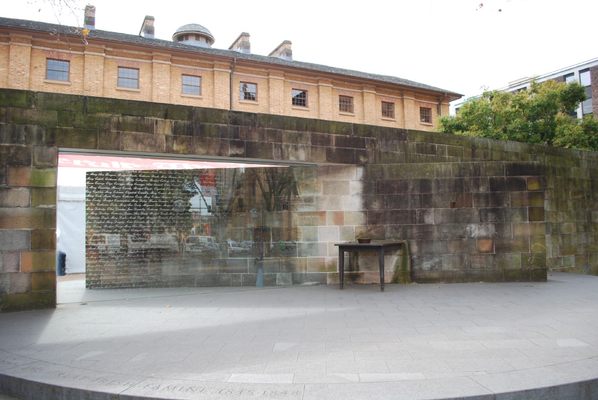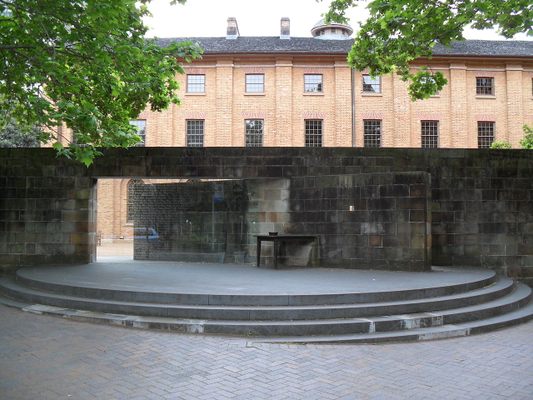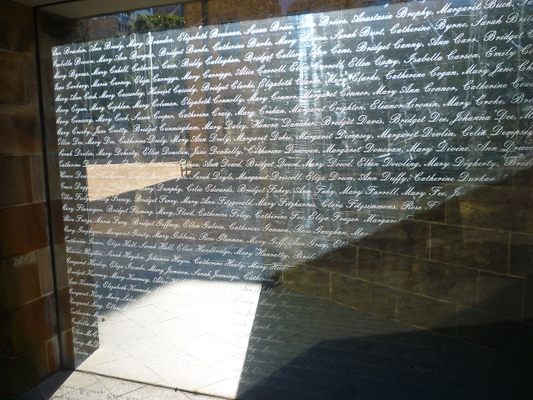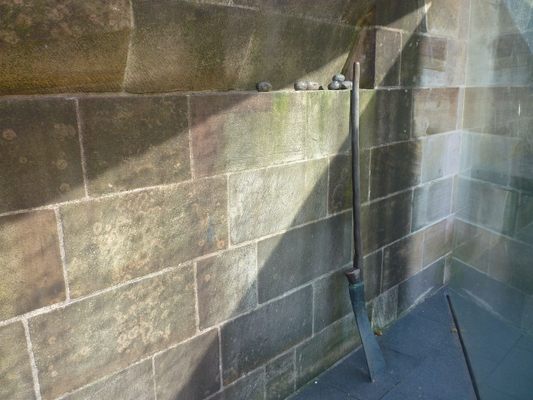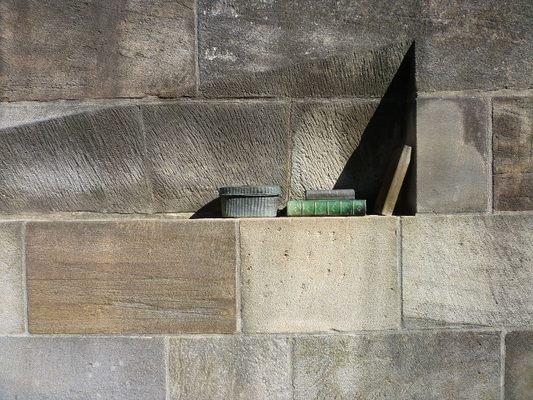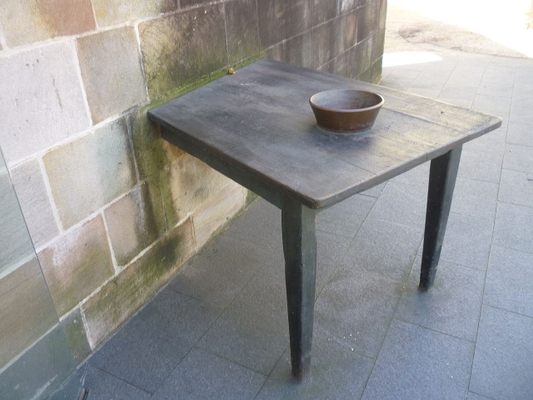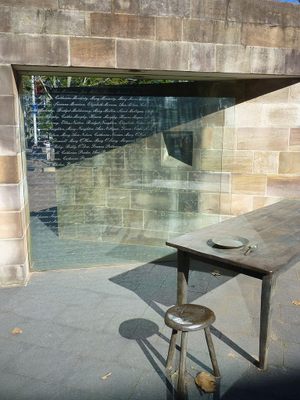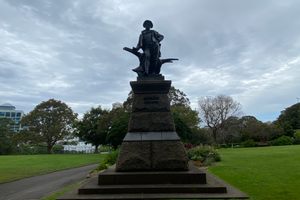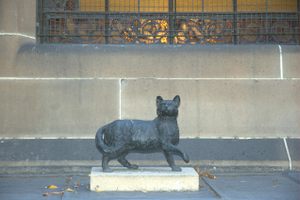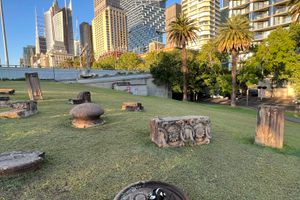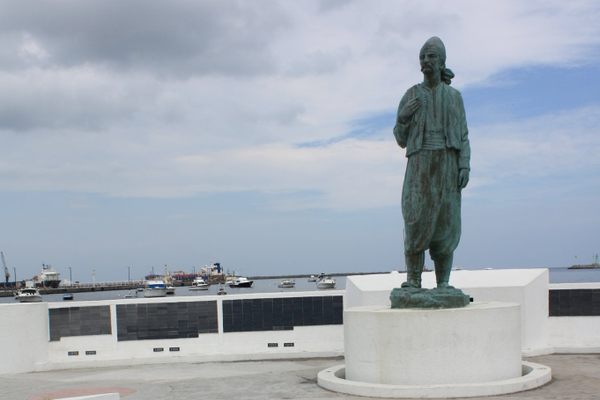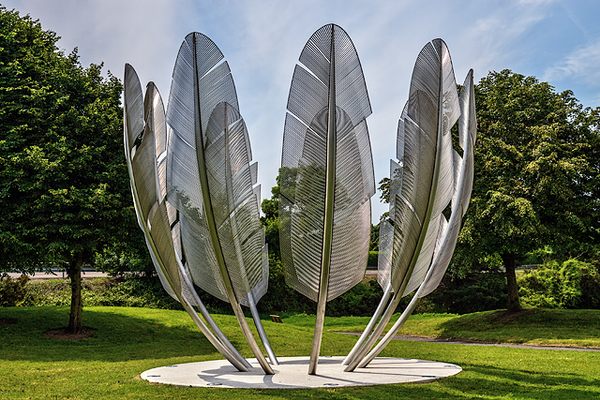About
In the southern wall of Sydney’s historic Hyde Park Barracks is a visually simple but symbolically powerful monument to the thousands of orphan girls who came to Australia as part of a resettlement policy during the Irish famine.
These girls came to Australia as part of what was later known as the Earl Grey Scheme, a resettlement program masterminded by Henry Grey, 3rd Earl Grey, who was Secretary of State for the Colonies between 1846 and 1852. The scheme served two distinct purposes: it would help clear out the young female paupers from Ireland’s overcrowded workhouses, while also meeting Australia’s need for female laborers and future mothers in what, at the time, was a heavily male-dominated colony.
Between 1848 and 1850, 4,114 orphan girls, most of whom were between the ages of 14 and 19, found themselves shipped off to Australia. The resettlement was riddled with hardships, and some girls died before they had a chance to settle. For many, however, it was an opportunity to start a new life away from famine, and away from the workhouses.
The Australian Monument to the Great Irish Famine is a monument to these girls and, by extension, to all the people who died or were forced to emigrate during the famine. Designed by artists Hossein and Angela Valamanesh and inaugurated in 1999, the monument sits along and within the southern wall of the Hyde Park Barracks.
The choice of location was very deliberate. Originally built to house male convicts, the barracks later served as Sydney’s female immigration depot. Of the 4,114 Irish orphan girls who arrived in Australia between 1848 and 1850, 2,253 were housed at the barracks.
To create the monument, a section of the southern wall of the barracks was dismantled and then rebuilt on a rotated axis, like some giant unseen hand had forced the wall to open up like a secret gateway. This in itself represents the journey that the girls made from Ireland to Australia, and the disruption to which they were subjected.
A table cuts through the center of the wall, representing the famine experience on one side and the colonies on the other. On the famine side, the table is shorter and the bowl that sits upon it has no base; any food placed in it would simply fall away through the table. Further representations of the famine include a shelf holding some potatoes and a loy, a traditional spade for potato digging, leaning against the wall.
The table extends farther out on the other side of the wall. On this side there is a plate and a spoon and a three-legged stool. Some books, including a bible, sit on a shelf. And while the table represents dislocation, it also symbolizes continuity and the link between the immigrants’ lives as they passed from famine in Ireland to the opportunities of the Australian colony.
In the gaps left at either side of the wall are two glass panels. On these are the names of 420 women, sandblasted into the glass. These women all came to Australia as orphans as part of the Earl Grey Scheme, and their names were etched into the glass at the request of relatives who responded to advertisements when the memorial was being designed. The 420 names included in the memorial represent, by extension, all of the 4,114 Irish girls who were resettled during the famine.
On the memorial website, meanwhile, is a database of all of the known orphans who arrived as part of the scheme. It’s far from complete, however, as the shipping records from the 20 ships that brought the girls from Ireland were either poor or non-existent.
But the impact these girls had on the cultural heritage of Australia is unquestionable. According to an estimate by the historian and genealogist Dr. Perry McIntyre, “there would be at least 500,000 people descended from these 4,114 girls, even if they don't know about this aspect of their genealogy.”
Related Tags
Know Before You Go
The Australian Monument to the Great Irish Famine is located along the southern wall of the Hyde Park Barracks, along Prince Albert Road just to the north of Hyde Park in Sydney. The heritage-listed former barracks is now a museum; its entrance is located along Macquarie Street.
Community Contributors
Added By
Published
December 6, 2019
